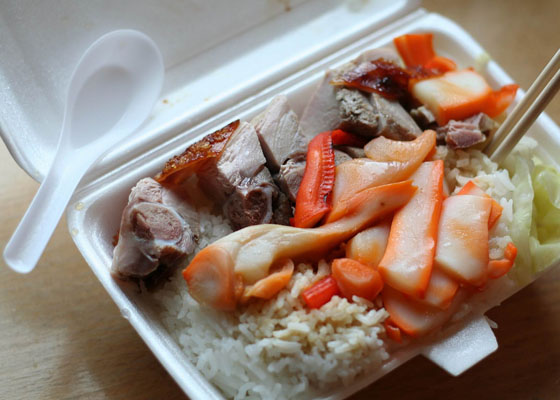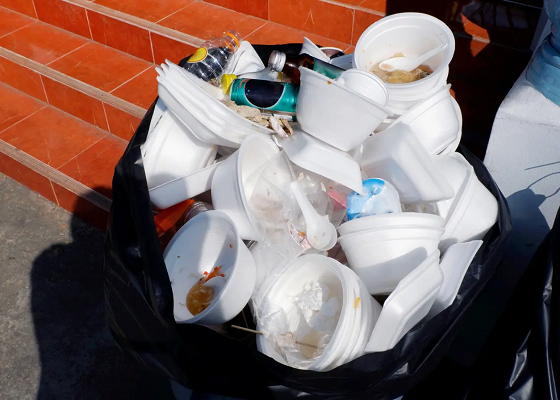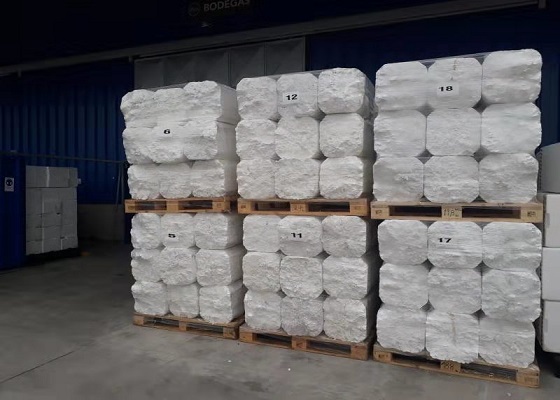How to Realize the Value of Post-Use EPS Food Containers Through Recycling?
Recently, the Northborough Junior Women's Club, located in Massachusetts, held an EPS (full name Expanded Polystyrene, also marked as foam#6) collection event from 9 a.m. to noon on October 23. With the deepening of the world environmental crisis, people's awareness of environmental protection is awakening, which has promoted the holding of a large number of these recycling events. But if you carefully read the instructions for these events, you will find a frustrating fact: usually, only clean EPS is accepted.
As one of the most common packaging and container materials, people basically use EPS in daily life. However, people who often use EPS packaging will find that clean packaging materials usually come from EPS factories. As post-industrial packaging, they are naturally clean.

In addition, when EPS is used as the protective packaging of furniture and electrical appliances, it will not become particularly dirty and can be used repeatedly. These EPS packages can be accepted by recycling events as long as the tape and other items on them are removed. Except for one EPS product, which is the food container.
Usually, EPS food containers will have a lot of food residues and water after use, which is absolutely contrary to "clean", but does post-use EPS have recycling value?
According to the US EPS recycling report, in 2019, more than 136 million pounds of EPS were recycled, including 46.4 million pounds of post-use packaging, EPS food containers account for a large proportion. Can such a huge amount of EPS materials only be discarded? The design of the GREENMAX SWD (Shred-Wash-Dry) compactor may give EPS food containers another ending.

As a famous recycling company in North America, GREENMAX is committed to EPS recycling for many years. The SWD system is a recycling solution designed on the basis of an EPS compactor, which is specifically aimed at the recycling of EPS food containers.
Just like its name, the GREENMAX SWD system successively breaks the EPS container containing residues into small fragments, and the residues attached to the container surface will become clean after repeated cleaning. Next, after drying, the clean EPS fragments pass through the EPS compactor recycling system and are cold-pressed by the screw to form EPS blocks, completing the recycling process of food containers.

Through the application of the GREENMAX SWD system, the difficult problem of post-use EPS recycling can be perfectly solved, the recovery, regeneration, and utilization of EPS containers can be realized, and the materials destined to be discarded can be transformed into new resources - EPS blocks can be sold to recyclers for granulation.

The recycling way is blocked and long. Maybe you think the waste is just the waste placed in the wrong place. GREENMAX is Combining technology and environmental protection forces, to make its recycling solution help EPS containers realize value.
